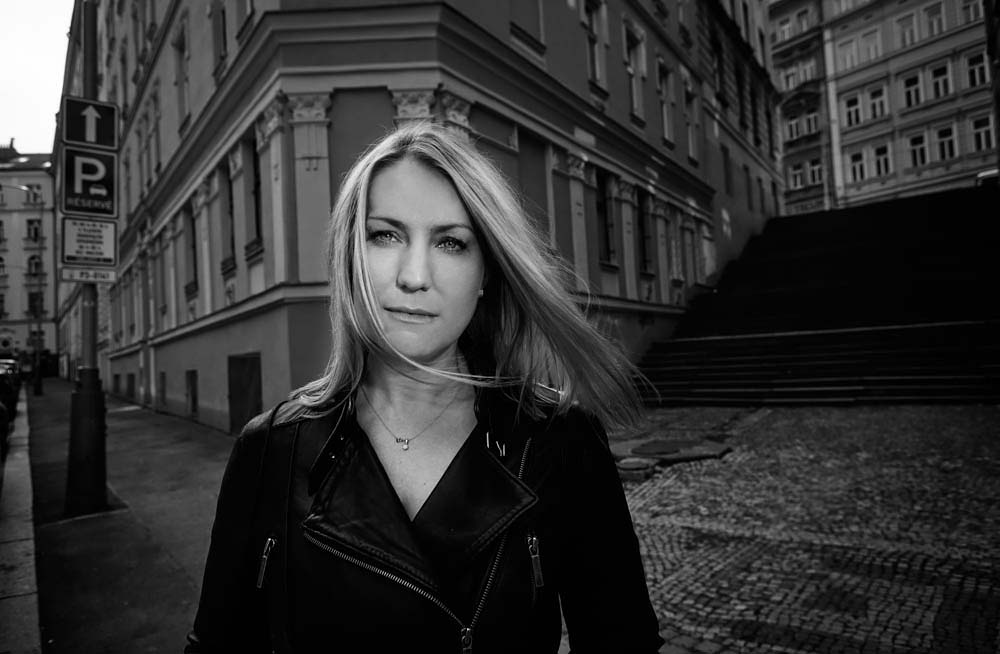Journalist and photographer. She obtained a master's degree at the University of Hradec Králové and immediately after that started working as a journalist. From 2004 to 2018 she was the editor-in-chief of the leading Czech travel magazine Lidé a Země. Since 2018 she has been working as a freelance reporter and photographer focused on war zones. She has worked in a number of African countries, including conflict zones of Democratic Republic of Congo. She visited Afghanistan several times, as well as Somalia, plagued by several decades of war. Since 2014, she has focused on the issue of the war with the ISIS in Iraq and Syria. She is the co-author of several documentaries (Tears of the Congo, Latim – the Circumcised, Iraqui Women, Women in the Land of Taliban, Unbroken) and a number of television reports. She has won a number of prizes and nominations in the
Czech Press Photo competition - both for photography and video. In 2020 she was included in the prestigious
Women Photograph database, she was shortlisted for the
International Women In Photo Association Award.
She is the co-author of nine books about Africa and about the wars in the Middle East and Nagorno Karabakh. Her work from Syria resulted in two books entitled In Sight of the Islamic State I and In Sight of the Islamic State II, which were co-authored by Markéta Kutilová.
Together with Kutilová she also wrote other books on the wars in Syria and Iraq: In the War (2018) and War is My Fate (2020). In 2019, a book called AK47 was published, which depicts the dramatic life of the world-famous Czech war photographer Antonín Kratochvíl. Klicperová wrote the text of the book based on Kratochvíl's narration. In September 2020, war broke out in Nagorno Karabakh. Lenka Klicperová and Markéta Kutilová quickly moved to the center of events. The war in the Caucasus was captured by both reporters in many reports, but also in a book The Last One Sets the Village on Fire (2021).
Klicperová cooperates with a number of Czech media. She also lectures at the University of Hradec Králové.
Statement
Twelve years ago I first came to a war zone, to the eastern part of the Democratic Republic of the Congo. My goal was to document the drastic effects of the protracted war on women. The local militias are committing mass rape of women and children; rape is a weapon of war. It was my first encounter with war. I understood that I wanted to bear witness to the injustices of this world, the way they fall on innocent victims who have nothing to do with them. I returned to the Congo several times and started working in Afghanistan. Then the war in Syria and Iraq started. I spent six years traveling to these areas watching and documenting how the Islamic State terrifies the world. And how it is gradually being defeated with the generous contribution of the Syrian Kurds. The city of Kobani, the center of the Kurds, has been indelibly engraved in my heart, defending itself against the enormous superiority of the Islamists. At the cost of high casualties. I have been on the front lines, in refugee camps, documenting the lives of the wives of ISIS fighters and their children. I managed to get in the prison where ISIS fighters who survived the fighting are being held. When the war broke out in Nagorno Karabakh, I knew I had to go there immediately. I followed the war to the end and documented the lives of civilians sentenced to live suddenly in a war zone. I saw their exodus. War zones have thus become a part of my life...
Lost War